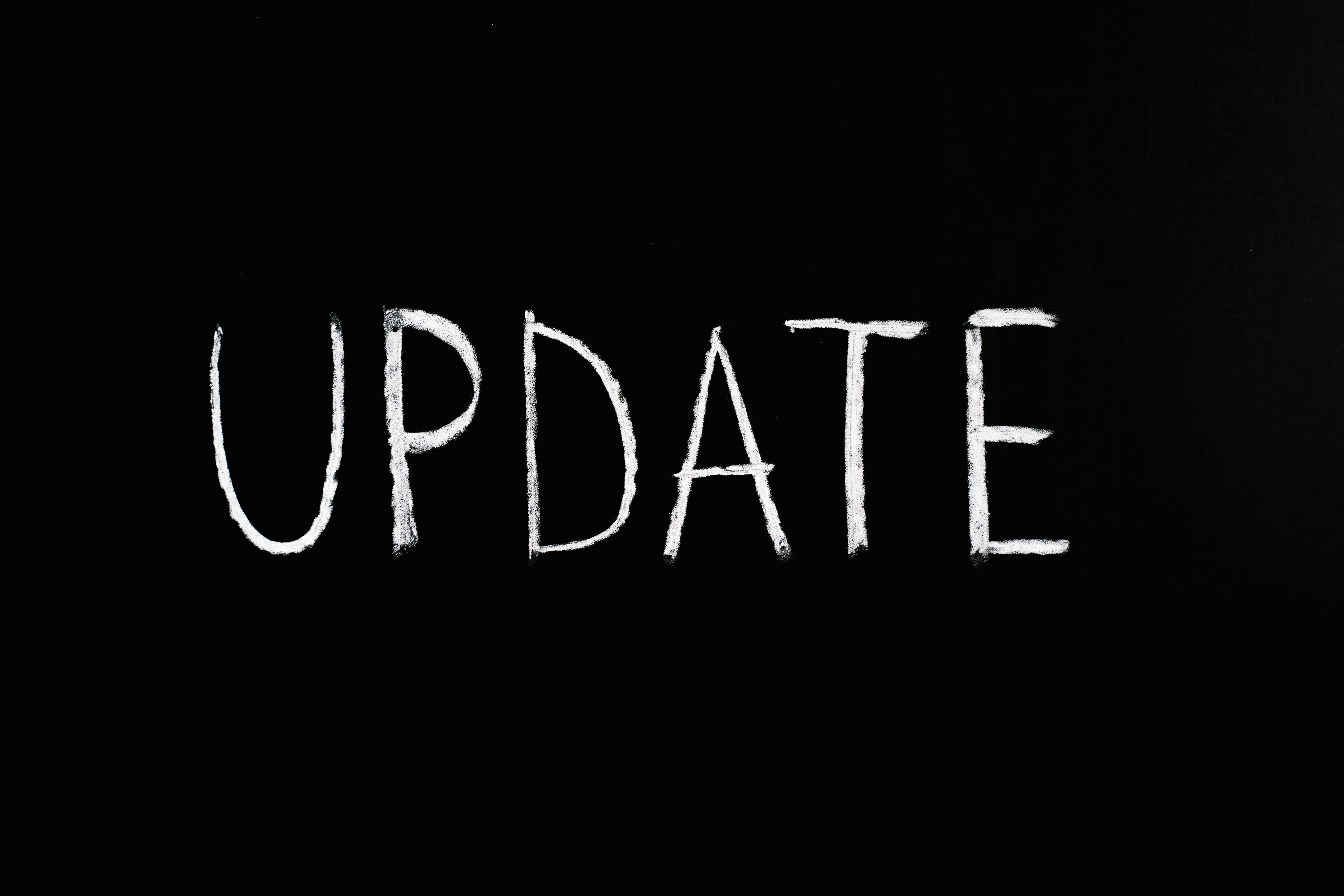Stay Ahead of Google Core Updates: Essential SEO Strategies for Dental Practices

Update Highlight:
- Update Name: Google June 2025 Core Update
- Launch Date: June 30, 2025
- Completion Date: July 17, 2025
- Purpose: Reward high-quality, well-optimized content.
- Scope: Impacts all websites globally across multiple languages.
Overview of the Update

The June 2025 Core Update marks a significant shift in how Google ranks websites, impacting visibility in search results. This update—which spanned 16 days—aimed to refine Google’s evaluation of content quality, ultimately striving to enhance user experience. For dental professionals in Toronto and across Canada, this presents both a challenge and opportunity to meet evolving search engine expectations while improving the digital patient journey.
Understanding Google Core Updates

Core updates are sweeping algorithmic changes that Google deploys to upgrade the quality and relevance of search results. Unlike niche updates targeting spam or product reviews, core updates impact all industries. For Canadian dental clinics and independent practitioners, this update means that previously high-traffic content may lose ranking if it no longer meets Google’s current quality benchmarks. Navigating these changes requires a data-driven and clinically accurate content strategy.
Key Changes in the June 2025 Update
1. Focus on Expertise and Trust

The update strengthens the importance of E-E-A-T—Experience, Expertise, Authoritativeness, and Trustworthiness. Dental clinics that highlight professional certifications, publish content written or reviewed by licensed dental professionals, and include case-based insights will rank better. If your practice is promoting surgical techniques or dental materials, ensure you link to recognized resources and display credentials clearly.
2. Alignment with User Intent

Google now prioritizes content that matches the user’s intention more accurately. This means that if patients are searching for "same-day dental crown in GTA," content that addresses that specific service clearly and completely has a better chance of being displayed. Use this shift to refine your service pages and blog content around clinical questions your patients frequently ask.
3. Accessibility of Visual Content
Google has emphasized the critical role of accessible multimedia. Dental professionals using videos to explain procedures or before/after images for cosmetic dentistry must include descriptive alt text, proper filenames, and structured data. Not only do these techniques increase SEO rankings, but they also improve compliance with accessibility standards under the Accessibility for Ontarians with Disabilities Act (AODA).
4. Mobile Usability is Key

As mobile-first indexing becomes the standard, having a responsive website is no longer optional. Dental practice websites in the GTA must ensure smooth load times, simple navigation, and mobile-optimized form submissions for appointment requests. Ensure your interface doesn't obstruct key information and adapts to various screen sizes—especially important for busy patients making decisions on-the-go.
5. Demand for Accurate Information

Google’s health-sensitive indexing now holds dental websites to the same accuracy standards as medical domains. Treatment descriptions, clinical terminology, and patient guidance must reflect accurate and up-to-date research—ideally following standards from recognized bodies such as the Canadian Dental Association. Outdated procedures or incorrect descriptions could result in ranking drops or user disengagement.
Actionable SEO Tips for Dental Practices

- Audit and Upgrade Content: Review your service pages and blog posts for clinical relevance. Each page should reflect Canadian dental practices, such as insurance models, OHIP exclusions, and local regulations.
- Enhance Mobile User Experience: Use tools like Google PageSpeed Insights to monitor load times and prioritize a seamless experience for smartphone users.
- Optimize Visual Assets: Ensure all clinical visuals—including intraoral images and product demonstrations—have descriptive alt text and structured metadata to improve findability and compliance.
- Implement a Local SEO Strategy: Dentist visibility in local searches relies heavily on accurate Google Business Profile listings, consistent directory submissions, and local landing pages. Gain more traction by aligning with EBIKO Dental product keywords specific to procedures you highlight.
- Refine Keyword Strategy: Move beyond basic terms like "dental clinic Toronto" to targeted phrases like "ceramic crown replacement North York" or "Invisalign Vaughan." These long-tail keywords align better with how patients search in Ontario.
- Collaborate with Industry Experts: Engage with dental suppliers, hygienists, or local labs to co-produce professional content. This can include guest blog posts or YouTube interviews, all boosting your site’s authority and reach.
Conclusion
The June 2025 Core Update underscores the necessity for dental practices to offer trust, clarity, and accessibility in their online presence. The digital landscape has made high-authority, local-optimized content more critical than ever. With tools and systems in place from suppliers like EBIKO Dental, practices in the GTA can streamline content development to meet these standards. Whether you're using advanced operatory equipment or promoting surgical instruments, connecting your content strategy with quality products and accurate information will help maintain digital performance well beyond this update.

